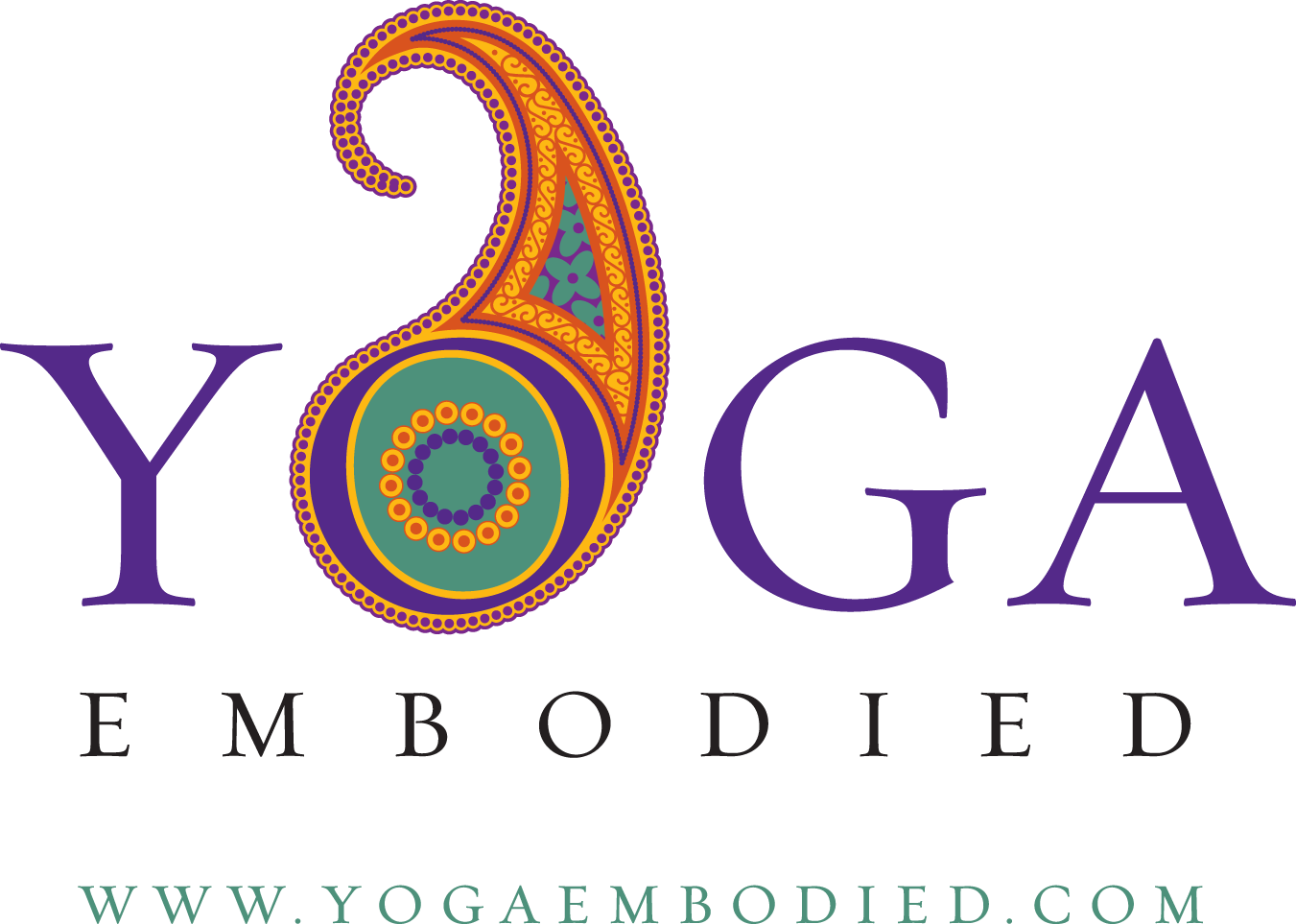Aligned and Neutral
Last week we practised yoga asana with a mainly neutral leg position. What does that mean?
Well, some of you had the pleasure of meeting my pelvic model. I rarely do a full discussion before we start the flow in regular classes (I save this for our longer workshops/cpds/trainings). But I do love the pelvis. Sometimes I bring it in. Mainly for the pleasure of my pregnant yoginis to understand the pelvic inlet and outlet. And how it is fully designed for birth.
Anyway, the pelvic bowl is our centre. It houses our pelvic organs, it is the seat of our spine and through the hip joints it connects to our thigh bones (femur), our legs and to the earth.
What happens at the pelvis in relation to muscles around our thighs, hips, lower back and abdomen has an immense effect on our wellbeing; posture, pelvic organs, bowels/digestion, breath… everything!
Pelvis in the yoga class
The past week most of our yoga poses focused on neutral position of the legs and hip joints. Without going into a full anatomy lesson (if you enjoy anatomy read TheDailyBandha) this is what I want to share: The neutral position is when the pelvis is aligned and level. One side doesn’t lift higher than the other, one hip point is not further forward/backwards/lower than the other.
Think of Tadasana/Mountain Pose. Everything is neutral: hip points are level, front of thighs, middle of the knees and middle toes all point straight ahead. So does the rest of the body; shoulders and head. (Struggled to find a good tadasana photo on the computer – so this will have to do!).
When we do this correctly and with intention we engage the feet (pada band), engage the quadriceps slightly, draw the tailbone gently down to lengthen the lumbar spine/lower back. We have natural curves in the spine but keep spaciousness in the lower back whilst supporting our posture with our deep abdominals and pelvic floor – finding the balance between relaxation, strength and stability. Plank pose (shown above) is a great way to feel the muscular action!
However when we flex at the hips such as in Virabhadrasana 3/Warrior 3 we sometimes, unintentionally, move our standing leg into an external rotation rather than neutral. It almost becomes an awkward Chandrasana/Half moon pose but without the structural alignment and intention. Natarajasana/Dancers pose is very similar although we now move into a deep backbend too (see below for alignment tips for backbending!).
Even in Virabhadrasana 1/Warrior 1 it is easy to create a twist in the sacrum (back part of the pelvis) if the back leg externally rotate. I am aware that some teachers actually teach it like that but I prefer the neutral pelvic alignment in this specific pose.
This can also happen in Dhanurasana/Bow pose (both upward and downward). These are backbend poses. For many of us our thighs will externally rotate in this pose and the knees splay out. This will in turn create even more compression in the lumbar/lower back. Rather than finding extension, space and lightness we create tightness – not our intention!
Take a moment to notice your alignment in your daily life and in your yoga asana practise. It may sound simple – even boring. But small actions accumulated have great effect both positively as well as negatively.
Being grounded in our bodies is the best and easiest way to connect with our own being and inner wisdom. This is why the Hatha Yoga Pradipika starts with asana and our Annamaya Kosha, our physical body. And then moves onto more energetic practises, self enquiry, focus and meditation.
Over to you!
What other poses to you struggle with internal, external or neutral position of the legs (the movement of the femur head in the hip socket)?
Please share and let’s explore together…
